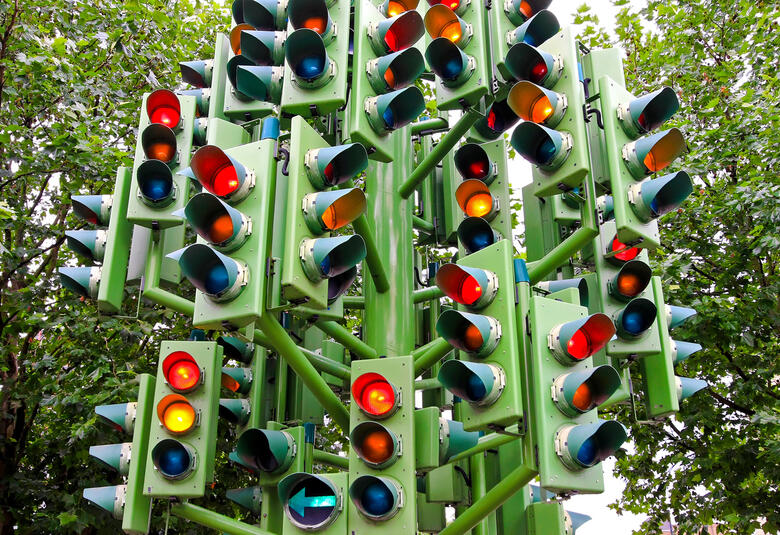During the 18th International Congress on Psychiatry and the 6th International Congress on Child & Adolescent Psychiatry held in Cairo, Egypt (14−15th June), in a symposium entitled 'Anhedonia, emotional blunting and low motivation in MDD: What are the implications for functional recovery?' Professor Allan Young discussed the symptoms of anhedonia and emotional blunting and discussed the considerations for addressing anhedonia, emotional blunting, and low motivation in clinical practice.
The Emotional Spectrum: Understanding the Challenges of Mental Distress Disorder
Emotional blunting, anhedonia, and low motivation are prevalent symptoms encountered by individuals with MDD. An alarming 75% of MDD patients grapple with anhedonia, a condition characterized by a diminished ability to experience pleasure.1
Studies indicate that 46–60% of individuals undergoing depression treatment display emotional blunting, wherein their emotions become subdued or muted.2 Furthermore, 30% of MDD patients on SSRIs experience avolition, a lack of motivation, and difficulty in goal-directed activities. Understanding these challenges is crucial for effective interventions.1,2
What do emotional blunting and anhedonia refer to
Emotional blunting refers to a numbing or flattening of emotions, leading to reduced emotional responsiveness and indifference. It can be caused by decreased dopaminergic or noradrenergic activity. This condition impacts emotional symptoms, including personality changes and their influence on decision-making, judgment, and relationships.3
Anhedonia, on the other hand, is the inability or reduced capacity to experience pleasure and anticipation. It is often accompanied by a lack of motivation and disrupted reward circuit pathways in the brain. It is worth noting that emotional blunting and anhedonia share common characteristics and can overlap in their presentation.4
What is the difference between emotional blunting and anhedonia?
Anhedonia is the reduced ability to experience pleasure or positive emotions, accompanied by decreased motivation and social withdrawal. It involves mood reactivity, brooding about the past, and variations in mood. Emotional blunting is the dampening of emotions, resulting in reduced emotional responsiveness. Both impact social functioning and well-being.4
The two main steps in Comprehensive MDD treatment:
Acute Phase: For 8 to 12 weeks, the focus is on achieving symptom remission and restoring functioning through various strategies. This includes building a therapeutic alliance, providing education, implementing evidence-based treatments, and closely monitoring progress.5
Maintenance Phase: For 6 to 24 months or more, the goal is to sustain wellness and prevent relapse. This phase involves promoting overall functioning, quality of life, and self-management. It also includes addressing any co-existing conditions and continuously monitoring for potential recurrence.5
Emotional Blunting in MDD Patients on SSRI Treatment
Emotional blunting is common among MDD patients receiving SSRI/SNRI treatment. About 46% experience a narrowing of emotions, 21% have difficulty crying, and 19% report apathy. Two-thirds of patients report emotional blunting as a side effect unrelated to the severity of MDD. Further investigation is needed to understand its origin and impact.1,2,6
Our correspondent’s highlights from the symposium are meant as a fair representation of the scientific content presented. The views and opinions expressed on this page do not necessarily reflect those of Lundbeck.



